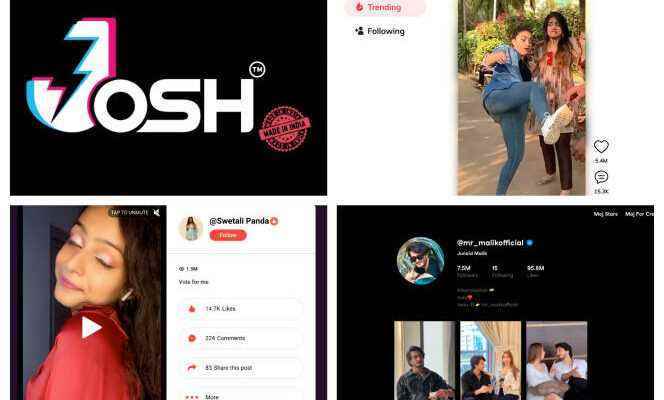The ban on TikTok by the Indian government in June 2020 had the effect of a crushing blow on the thousands of content creators on the subcontinent. The Chinese app was banned weeks after a deadly military clash in Ladakh, along the disputed border between the two Asian giants. Indian officials feared apps like TikTok could be used for spying.
However, at the time of its ban, the ByteDance application was available in fourteen Indian languages and had 200 million users in India, making it its largest foreign market, ahead of the United States. Since then, a multitude of “made in India” video-sharing platforms have rushed into the breach. Chingari, Josh, MX TakaTak or Moj have redoubled their efforts to attract orphaned Indian TikTok stars. “We have invested a lot of money to acquire content creators and users”, admits Berges Y. Malu, director in charge of communication at Moj. The latter, the little sister of ShareChat, a content sharing platform, was launched on 1er July 2020, just two days after the Chinese app was banned.
“Dancing like their idols”
To bring people to its platform, Moj has approached public relations agencies that represent content creators, offering them partnerships with brands, contests, etc. The other platforms have adopted similar strategies and all focus on the same target: Bharat. This Hindi term designates rural, non-English-speaking India, as opposed to the India of large megalopolises, such as Delhi and Bombay.
Because TikTok has enabled the emergence of a whole new kind of celebrities in India : content creators, followed by millions of users, from rural areas and medium-sized towns. “In the big Indian centers, you can kill time in a thousand ways, but in the medium-sized towns or in the countryside, there are no cinemas, no shopping malls and, by default, young people spend a lot more time on line “explains Amitabh Kumar, co-founder of Social Media Matters, an organization that works to use networks to promote social and societal progress.
“Having a smartphone and thousands of followers is a status symbol”, continues Mr. Kumar. In India, around 600 million people own one and mobile data prices continue to be one of the lowest in the world.
You have 60.28% of this article left to read. The following is for subscribers only.
